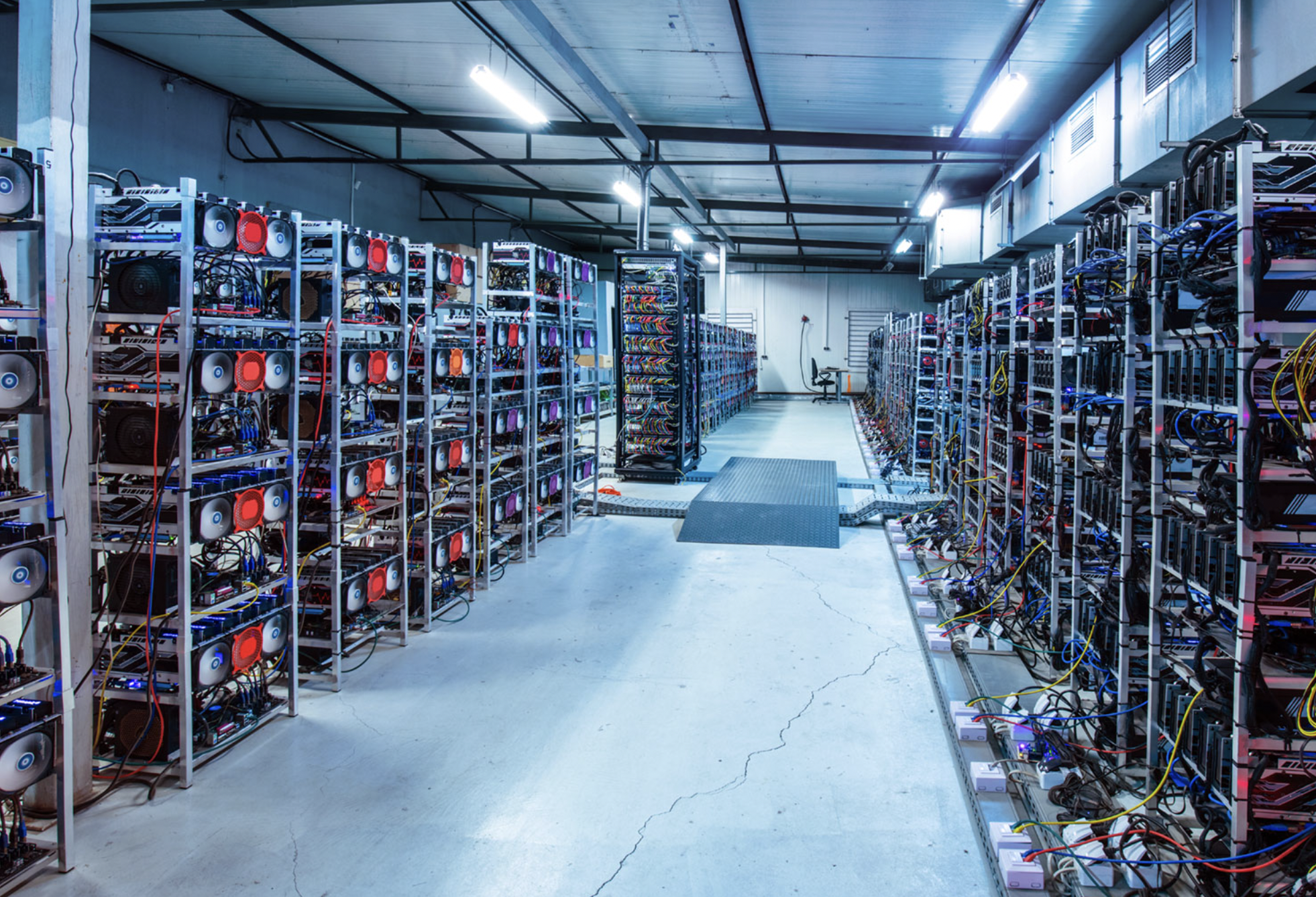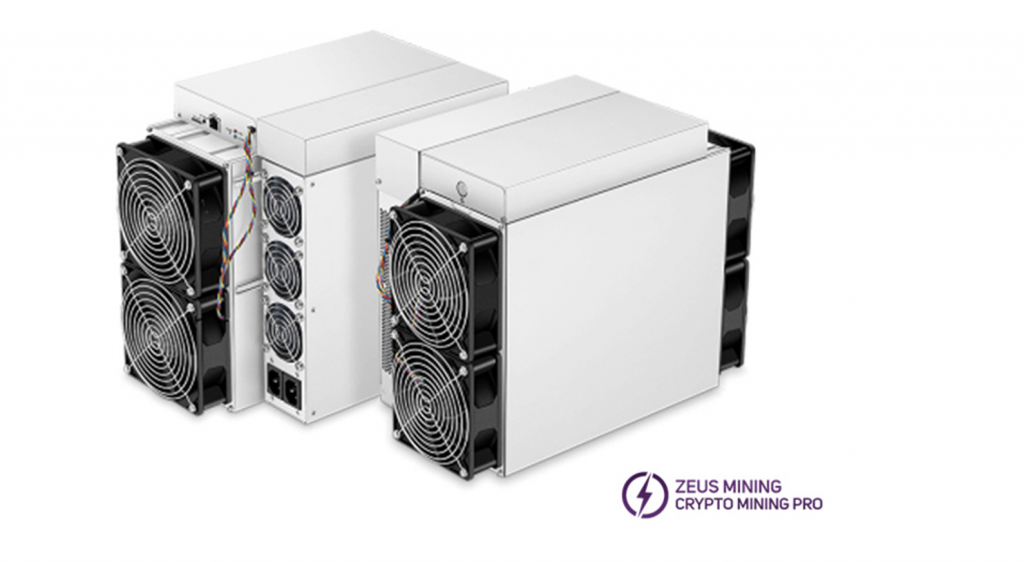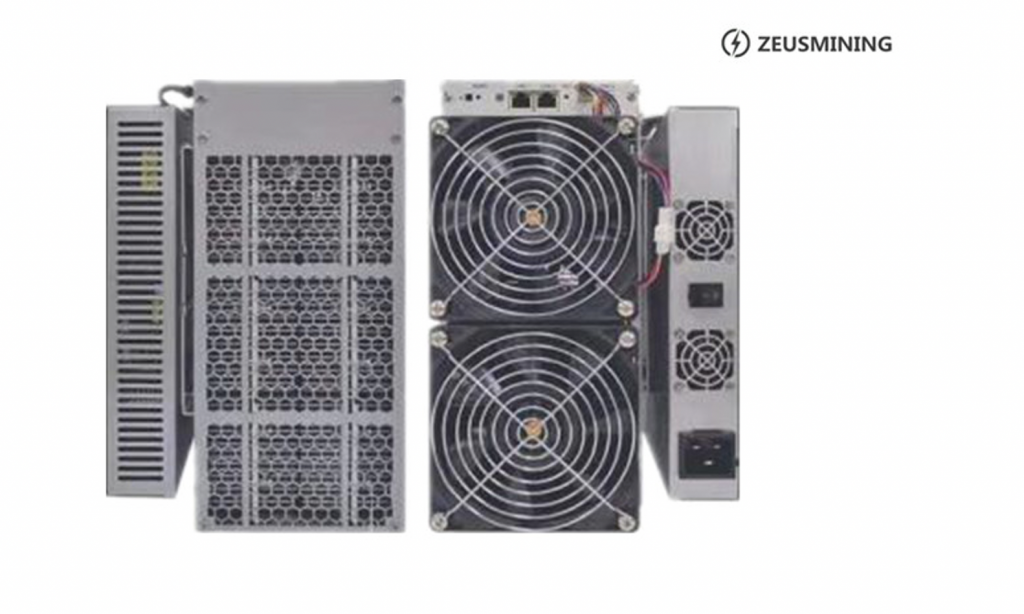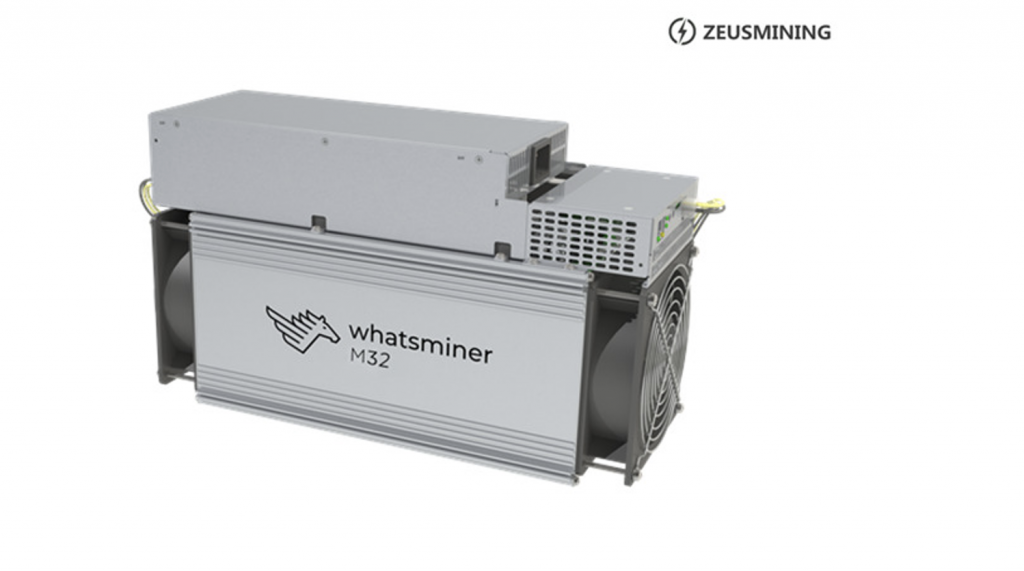
Bitcoin has become a digital currency recognized by more and more countries, but many new investors may not understand some related terms related to Bitcoin. The following is an introduction to cloud hash rate. For some related terms and behaviors of Bitcoin, we must first start with the essence of Bitcoin. The essence of Bitcoin is a mutually verified public accounting system whose job is to record transactions that occur in all accounts.
Therefore, the production process of Bitcoin is the process of “mining,” which gives rise to the terms miners, miners, mining, mining pools, and mining farms:
Table of Contents
Miners:
Simply put, it is a mining person. Miners = bookkeepers. The main job of miners is to record every transaction and transaction time data in a block and get rewards through their hash rate.
Miner:
Miner, as the name suggests, are computers used to mine bitcoins. Any computer can become a miner, but the benefit is meager, and it may not be possible to mine one in ten years. So now, many companies have developed professional integrated circuit miners, whose mining efficiency is dozens or even hundreds of times higher than ordinary miners. At present, the mainstream miner includes Antminer, Avalon, Whatsminer, etc.
The latest Antminer L7 from Bitmain has a mighty hash rate of 9500MH/s and power consumption of 3425W. Bitmain’s newly launched Antminer L7 aims to become the most powerful Litecoin (LTC) and Dogecoin (DOGE) miners. The hash rate of Ant L7 is equivalent to that of 20 Ant L3+. In addition, ASIC will support all cryptocurrencies based on the Scrypt algorithm.

Avalon is a bitcoin miner dedicated to creating the most cost-effective bitcoin miner. Its best-selling Avalon A1056 is low price and high profit. It is designed to mine the SHA-256 algorithm. The maximum hash rate is 47Th/s, the power consumption is 3055W+-10%, and the power efficiency is 65W/Th. In addition, the mining server adopts industry-leading solutions and optimized design.

Whatsminer M32 is an ASIC miner using the SHA-256 algorithm, which can mine Bitcoin BTC or Bitcoin Cash BCH, with a hash rate of 66T/s (+-5%). The power consumption is 3432W (±10%).

All three types of miners can be purchased on the Zeus Mining website.
Mining:
The process of generating Bitcoins is called “mining.” Bitcoin is a string of codes generated by open-source P2P software, which we call encrypted currency, electronic currency, and so on. Thus, Bitcoin is produced by mining. In popular terms, Bitcoin mining is to use your hardware equipment to calculate the mathematical problems of the SH265 algorithm, confirm network transactions, and ensure the security of the entire network system. As a reward, the Bitcoin system will give certain Bitcoin rewards based on the amount of hash rate contributed by the miners.
Bitcoin mining has gone through three stages.
1. CPU: It is to use our ordinary computer for mining.
2.GPU: It uses a graphics card for mining, which we often call graphics card mining.
3. ASIC: ASIC is an integrated circuit specially designed for Bitcoin mining. Since Avalon produced the world’s first ASIC miner in 2012, Bitcoin has been completely overturned.
There are two main methods of mining, namely individual mining and mining farms. Bitcoin mining started with individual mining. Whoever digs more will get more rewards. In the case of Bitcoin, miners calculate by themselves and package transaction information by themselves. But as the hash rate increases, the probability of digging Bitcoin is getting smaller and smaller. Miners want real money to buy miners, and there is a daily investment in electricity, network, management, and maintenance fees. Therefore, many miners will not choose the risky investment of single-person mining.
Due to the high investment and low return, the personal mining model has gradually been eliminated. Instead, to pursue a more sustainable and stable income, miners often choose reliable mines for mining.
Mining pool:
As more and more miners enter the site during the mining process, the total mining power becomes higher and higher, and the output of a single miner becomes more and more unstable. Miners began to unite and compete with other miners to obtain more stable mining income, so the concept of Bitcoin mining pools gradually emerged.
In fact, the mining pool itself does not perform mining calculations but allocates calculation tasks to the miners connected to the mining pool. Thus, by joining a mining pool, Bitcoin users can avoid running full nodes on the one hand; on the other hand, it can also reduce the variance of mining returns.
Under normal circumstances, miners have been working hard and submit the results to the administrator. Will it happen that a miner is unwilling to submit to the administrator after digging a block, but releases it privately?
The answer is no. Because the calculations done by the miners are based on the address of the mining pool, you must know that when calculating the hash value, changing any parameter, the final result may be very different, so if the miner releases it privately, the final profit will still be reached. In the mining pool, and I have one less contribution.
Mine:
A Bitcoin mining farm refers to establishing a factory building where hundreds, thousands, or tens of thousands of miners are put together to mine Bitcoin on a large scale. This involves the issue of electricity consumption. Generally, the electricity fee of a mining farm is cheaper than that of individual mining. Therefore, a large wave of individual miners is attracted to the mine to participate in mining in the form of trusteeship.